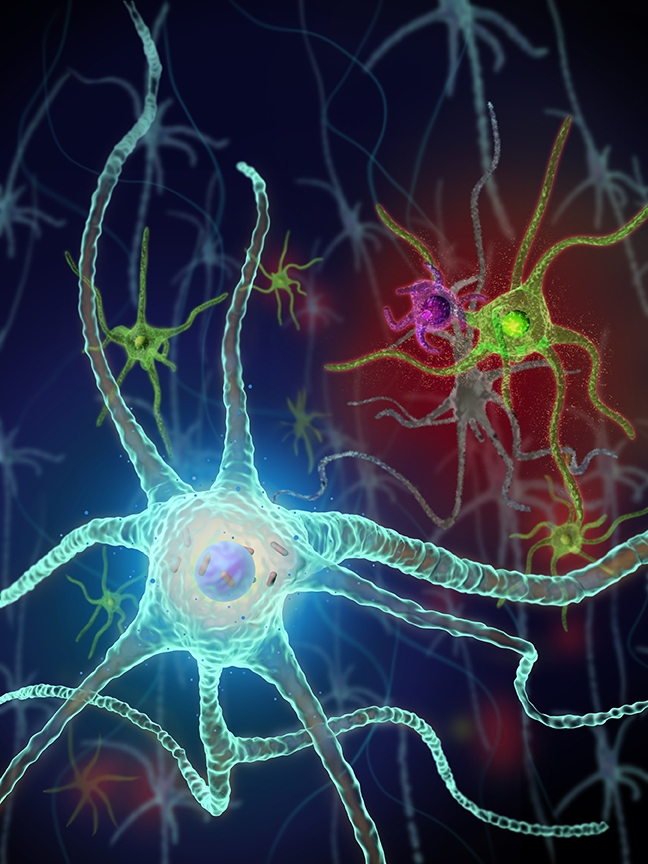You are here
New Therapeutic Targets for Parkinson’s Disease
Speakers
Abstract
My work has been focused on the elucidation of key molecular pathways in the pathogenesis of Parkinson’s disease and the development of new agents to treat Parkinson’s disease and related α-synculeinopathy. New targets include c-Abl, LAG3, and GLP-1R. 1. c-Abl: We have defined a critical role of c-Abl activation in α-synucleininduced neurodegeneration and demonstrated that selective inhibition of c-Abl is sufficient for neuroprotection. We have been investigating potentially safer and more effective c-Abl inhibitor drug options in mouse models of PD. 2. Lymphocyte-Activation Gene 3 (LAG3): We have elucidated the molecular mechanisms of prionlike cell-to-cell transmission of misfolded α-synuclein in the brain of Parkinson’s disease. We have identified lymphocyte-activation gene 3 (LAG3) as a misfolded α-synuclein preformed fibrils (PFF) transmission receptor. 3. New Glucagon-like peptide-1 (GLP-1) agonist: We have shown that a potent, brain penetrant long acting GLP-1R agonist NLY01 protects against the loss of dopamine neurons and behavioral deficits in the α-synuclein preformed fibril model of sporadic PD. NLY01 also prolongs the life and reduces the behavioral deficits and neuropathological abnormalities in the human A53T α-synuclein (hA53T) transgenic (Tg) model of α-synucleinopathy induced neurodegeneration. We have found that NLY01 is a potent GLP-1R agonist with favorable properties that is neuroprotective via the direct prevention of microglial mediated conversion of astrocytes to an A1 neurotoxic phenotype.


